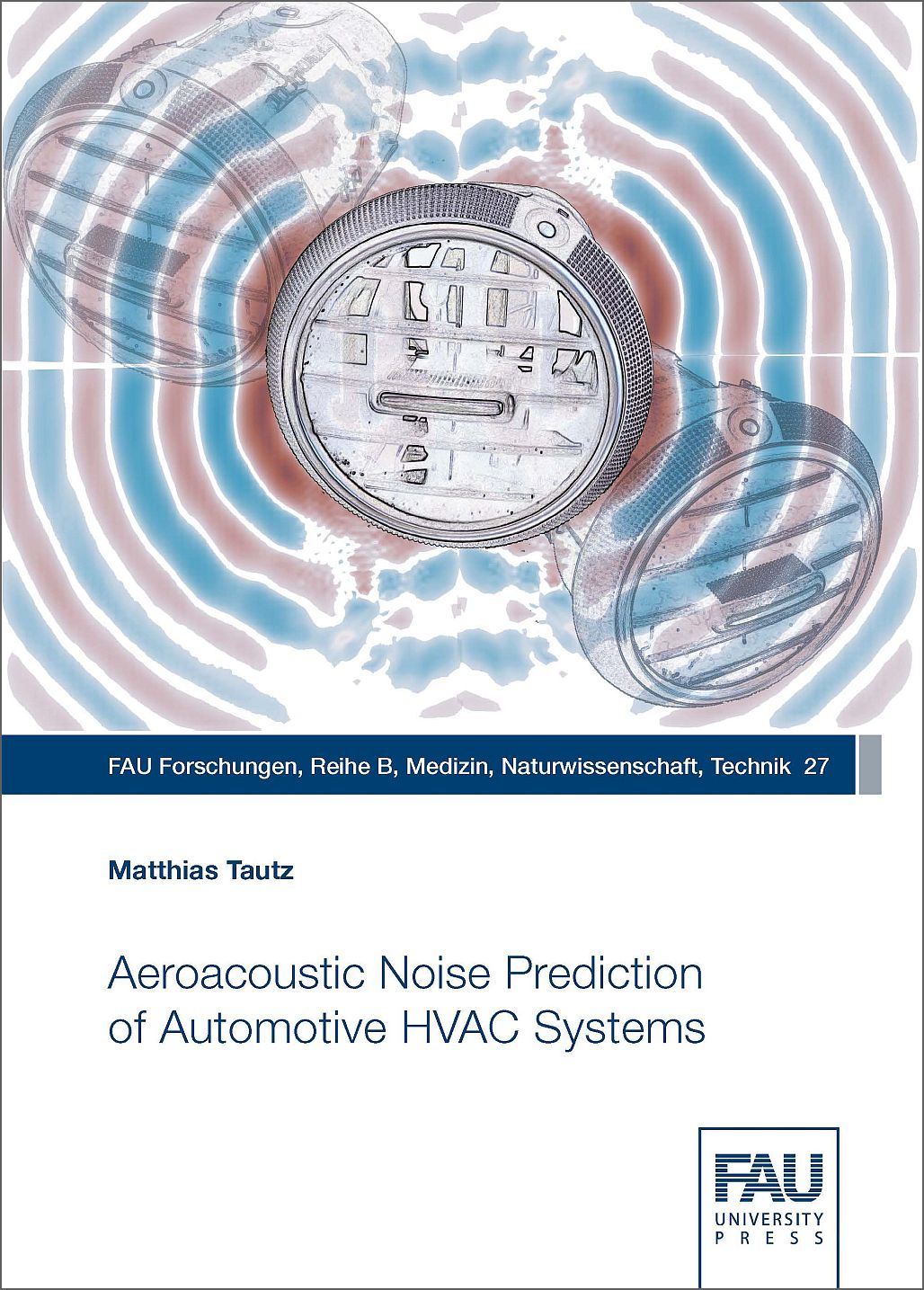Description
Due to the electrification of cars and the reduction of noise generated by the powertrain, the automotive industry has gained growing interest for computer-based acoustic design of HVAC systems. In order to implement tools for virtual noise reduction, it is necessary to develop simulation procedures that are able to reliably predict the aeroacoustic noise of HVAC systems and their components. For this purpose, a hybrid simulation technique was proposed and tested in this work: First of all, the non-stationary flow was computed by use of a common finite volume solver; subsequently, the aeroacoustic sources were evaluated; finally, the sound radiation was simulated by a finite element code.
The coupling procedure between these simulation steps is a crucial task to achieve excellent results, for which two aeroacoustic approaches were tested. Applying Lighthill's analogy was able to yield spectra in good agreement with experiments. However, the effort required for the implementation and acoustic simulation was high, while the possibilities for source analysis were limited. These problems did not occur when the acoustic perturbation equations (APE) in form of the perturbed convective wave equation (PCWE) were used. This approach provides insight into the pure sound source and propagation fields. However, it was found to be more sensitive regarding numerical noise and the truncation of sources.
Based on these findings, this work revealed how the proposed procedure can be used to successfully predict the far-field noise spectra of a generic air outlet, a real air outlet of a car, an HVAC unit, a centrifugal fan, and eventually a complete HVAC system.
Therefore, this work demonstrated the applicability of hybrid approaches for the prediction of HVAC noise. Furthermore, details on their correct usage are provided to enable the error diagnostics of aeroacoustic simulations also in other fields of application. These findings offer the basis for the development of computer-based acoustic design tools for HVAC systems and thus pave the way for further improvements regarding practical usage.


Reviews
There are no reviews yet.